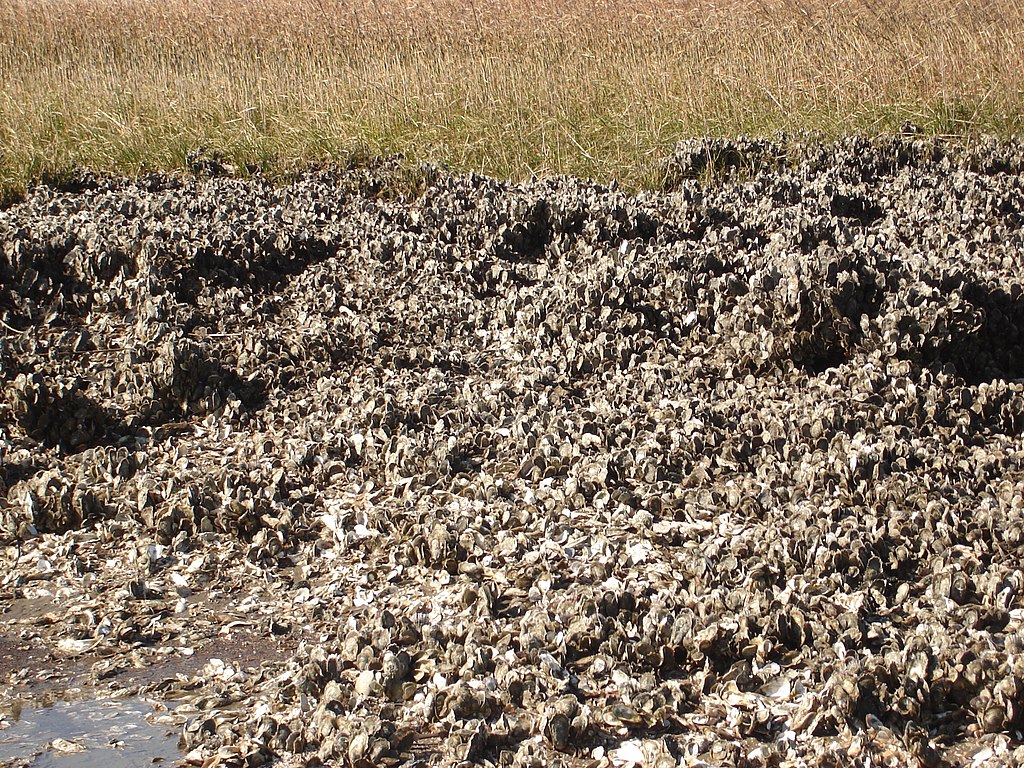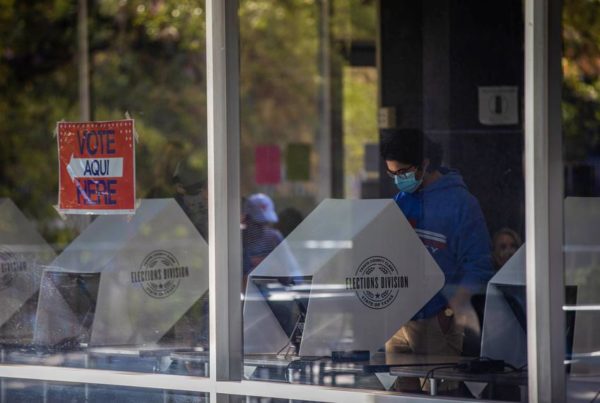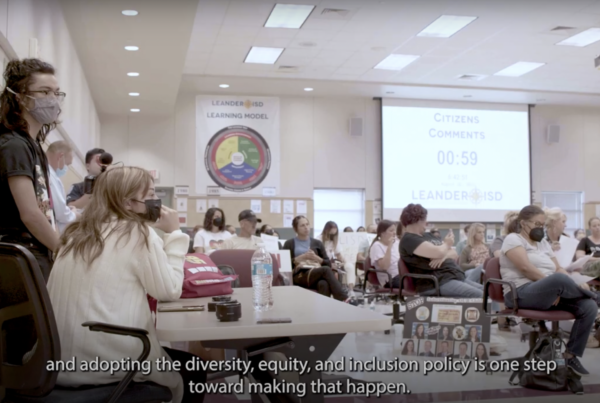Last week, oyster harvesters and their families protested outside a Texas Parks and Wildlife Department building in Victoria. The Victoria Advocate reported that they were demonstrating against a decision by the department to close certain reefs to oyster gathering.
Protestors told the Advocate that the decision threatens their livelihood. But surveys by TPWD biologists have shown a declining population of oysters that were big enough to legally harvest.
Jennifer Beseres Pollack, chair for Coastal Conservation and Restoration at the Harte Research Institute at Texas A&M-Corpus Christi, spoke to Texas Standard about the what this means long-term for Texas oysters.
Pollack says oyster beds are unlike other fisheries, in that they are both a habitat and a fishery.
“The shells of older generations of oysters crate the fundamental building blocks on which the younger generations attach and grow,” Pollack said.
To harvest oysters, gatherers dredge, or rake the beds to find the oysters that are large enough to be collected. That process harms the habitat for younger oysters.Pollack says TPWD wants to rebuild the oyster habitats so they will be more sustainable when harvesting is allowed again.
Listen to the full interview above.












